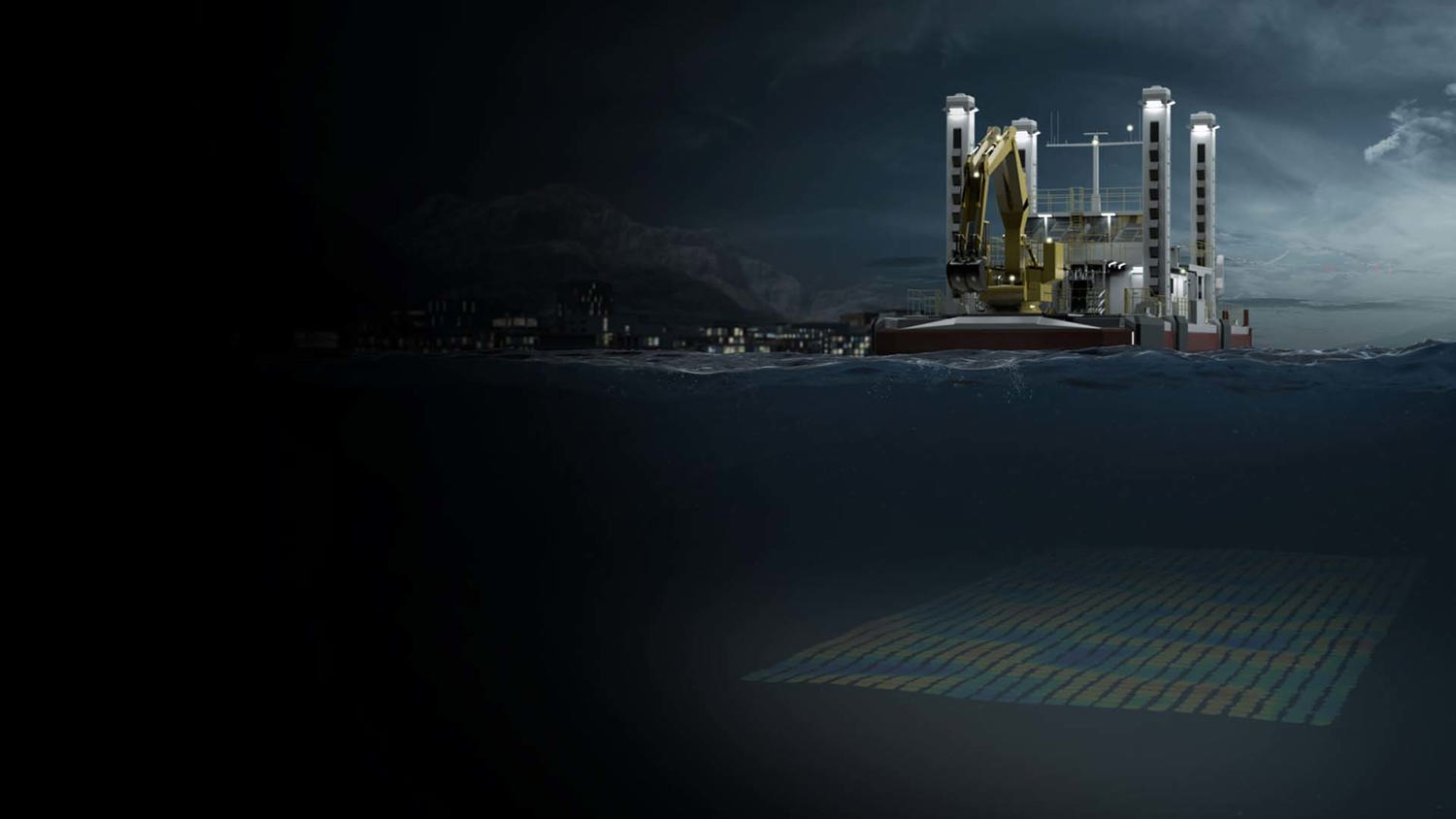
Dredging
Dredging is a key service to ports and harbors, inland waterways, dams and coastal regions. Dredging operators must conduct their operations to meet the contract performance requirements while operating within environmental regulations. Dredgers also need to dredge to the contracted depth – but ideally, only the contracted depth since over-dredging only adds costs and wear and tear to equipment without any financial recovery from the client.
Sub-bottom profiling
Not all areas being dredged are soft material. There can be a number of solid obstacles in the area to be dredged that can damage dredging equipment if not identified prior to operations. These can include unexploded ordnance, rocks, buried pipelines, and uncharted tramp material like lost anchors or dumped materials. Sub-bottom profilers can identify solids so they can be removed prior to dredging operations.
Turbidity and current monitoring
Often, dredging operations have the potential to disturb contaminated sediments. Dredge operators are increasingly interested in monitoring turbidity and current during these operations in an effort to mitigate the amount of material that is carried downstream from the area of dredging operations.
Real-time dredge monitoring
Kongsberg Maritime and SPE GmbH have teamed up to offer a package for dredge operators allowing them to monitor dredging operations in real time using actual sensor data. The system utilizes Kongsberg’s Dual Axis Sonar to continually monitor depth as material is removed. The sonar data is processed and presented to the operator in the cab in real time on a touch screen monitor. The system shows the baseline, contracted depth, and real-time depth in 2-D and 3-D. This ensures the operator has dredged to contracted depth before moving on to another area of operations. Real-time monitoring is superior to other systems that use algorithms and heuristics to calculate the amount of dredged material – assumptions that are only confirmed by post-dredge surveys, often requiring redeployment of the dredge to perform clean up.
Pre- and post-survey
Both client and contractor conduct pre-surveys to establish the baseline depths. Pre-surveys can be conducted using single-beam or multi-beam echosounders and sub-bottom profilers. These instruments can be deployed on surface vessels, on autonomous underwater vehicles, or on unmanned surface vehicles. After dredging operations, both parties conduct post-surveys to ensure contractual compliance and identify any areas requiring rework.
Related products
Contact
-
 Aziah NorthMESI Product Sales Manager
Aziah NorthMESI Product Sales Manager -
 Helge UhlenVice President Underwater Mapping
Helge UhlenVice President Underwater Mapping -
 Mark PronkSales Manager Benelux
Mark PronkSales Manager Benelux